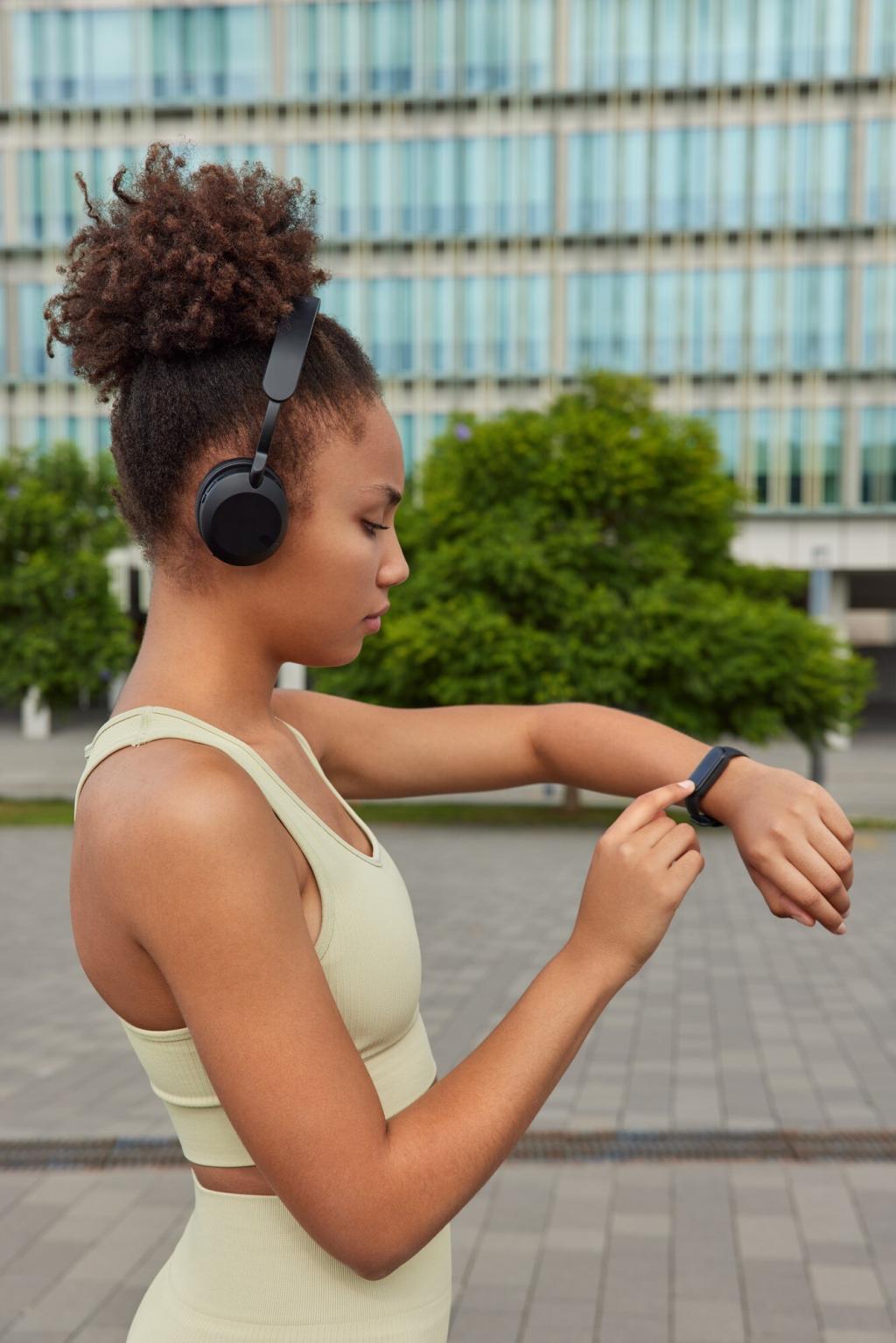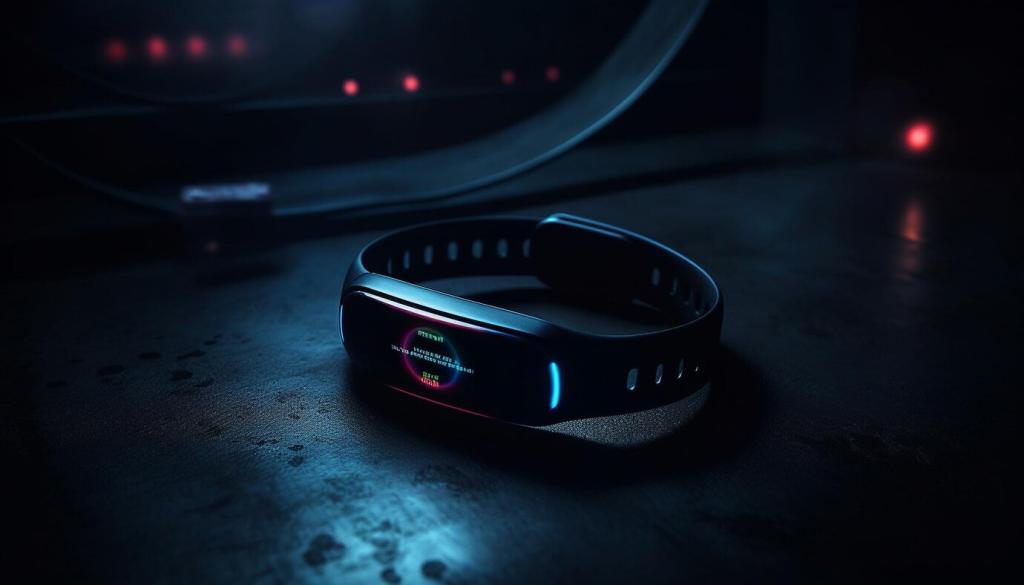The integration of artificial intelligence (AI) into wearable technology is fundamentally redefining not just how these devices function, but also how they interact with and serve users. As AI algorithms become increasingly sophisticated, wearables are evolving from simple data trackers into intelligent companions capable of proactive health monitoring, personalized insights, predictive analytics, and seamless user interaction. This transformation is expanding the scope of what wearables can do and setting the stage for innovations that were previously unimaginable. In this exploration, we delve into how AI is serving as the engine behind the next generation of wearables, paving the way for a more responsive and intuitive future.
Personalized Health Monitoring
Modern wearables, when augmented with AI, can interpret complex biometric signals far beyond basic step counts or heart rate measurements. Utilizing data from multiple sensors, AI can discern deviations in sleep cycles, stress levels, and even detect early signs of ailments like arrhythmias. These intelligent algorithms continually refine their analysis by learning from individual user baselines, allowing for early-warning notifications that are both nuanced and highly relevant. As a result, users benefit from a more informed approach to health management, with real-time insights geared toward early intervention rather than reactive care.
Previous
Next
Expansion of User Interfaces
Voice and Gesture Recognition
Voice commands and gesture-based controls powered by AI are rapidly becoming standard in the world of wearables. These technologies allow users to interact naturally with their devices, whether it’s asking a smartwatch to set a reminder or using a subtle wrist movement to scroll through notifications. Underneath these features are advanced machine learning models trained to understand a user’s unique speech patterns and movements—even in noisy environments or during vigorous activity. This seamless interface fosters greater adoption and allows for hands-free or glance-free control, particularly beneficial in settings where user attention is divided.
Adaptive User Experiences
AI provides wearables with the capability to adapt their interfaces dynamically based on real-time context and user behavior. For instance, if your device detects you are exercising, it might prioritize workout stats and minimize distractions, whereas during a meeting, it could switch to silent alerts and deliver information more discreetly. These subtle adjustments enhance usability, reduce cognitive load, and create a highly personal, situation-appropriate experience. As devices gather more data over time, this adaptability improves, making wearable interactions feel increasingly natural and helpful.
Multimodal Communication
The future of wearables lies in their ability to process and combine multiple modes of information—touch, speech, movement, and environmental cues—for a richer, more responsive interaction. AI-driven systems can interpret these varied inputs simultaneously, allowing users to communicate with their devices in the way that feels most natural at any moment. For example, during a workout, you might quickly switch from tapping to voice commands, with the wearable intelligently understanding intent and context. This multimodal communication fosters a more engaging and accessible wearable environment, catering to individual preferences and abilities.

Early Risk Detection
AI’s ability to detect anomalies in biometric data is unlocking new possibilities for early identification of health risks. For example, sudden changes in heart rhythm or fluctuations in body temperature might precede more serious conditions. Wearables can now analyze these shifts instantly and warn users before symptoms escalate, allowing for prompt action. Such predictive features are especially crucial for users at higher health risk, offering an additional safety net that integrates seamlessly into daily routines, and providing peace of mind through constant, unobtrusive surveillance.

Proactive Wellness Interventions
By synthesizing real-time and historical data, AI-enhanced wearables can initiate proactive wellness strategies. If the system notices patterns associated with fatigue or stress—such as irregular sleep or heightened heart rate—it can recommend mindfulness exercises, changes in activity levels, or suggest hydration breaks before the individual even realizes a problem is developing. This forward-thinking approach not only supports overall well-being, but also helps prevent the onset of avoidable health issues. Proactive interventions, made possible by AI, position wearables as guardians of health that act well in advance of problems.

Environmental and Behavioral Insights
AI is also enabling wearables to interpret data beyond the wearer, integrating environmental factors such as air quality, UV exposure, and surrounding noise levels. By blending this information with behavioral cues, devices can anticipate situations that may negatively impact the user, such as advising allergy sufferers to stay indoors when pollen counts are high. These analyses generate highly personalized, timely alerts and recommendations, enhancing users’ daily decisions and contributing to a safer, healthier lifestyle in a world full of dynamic risks.
